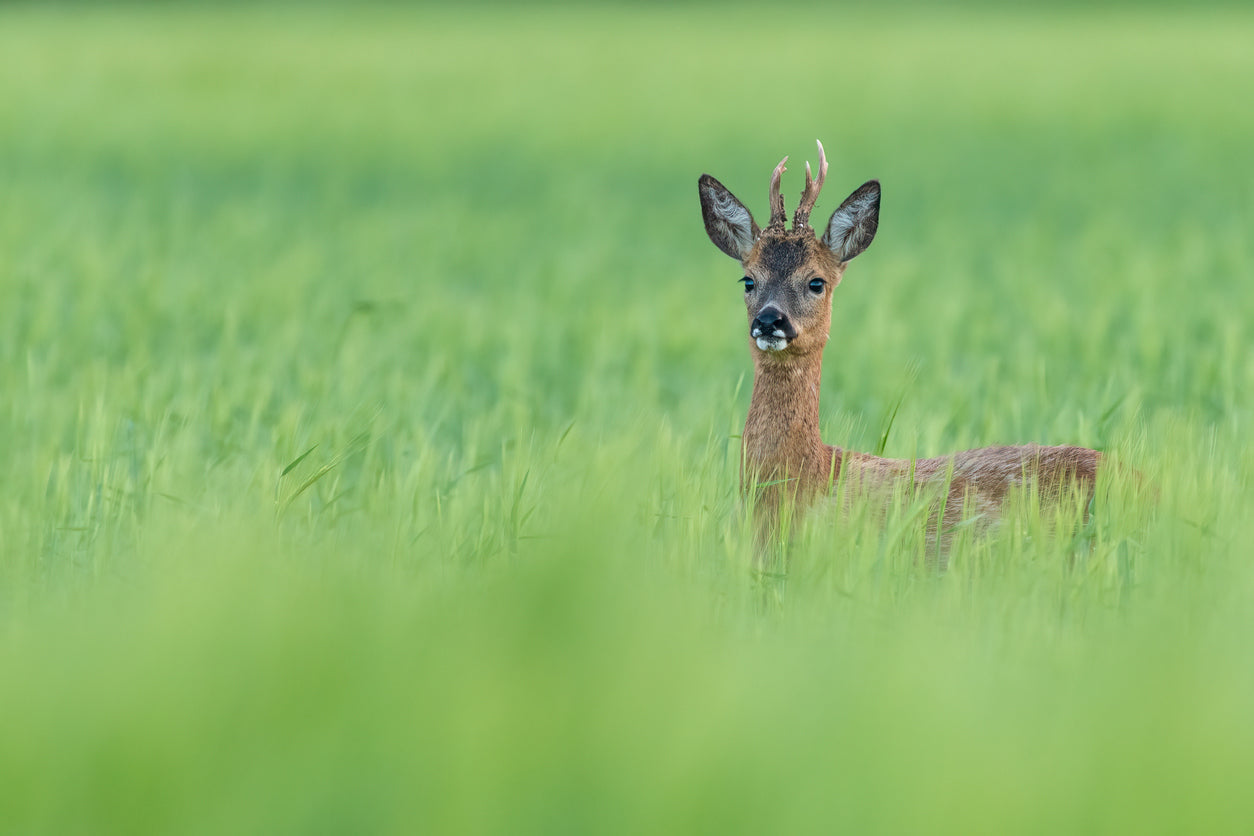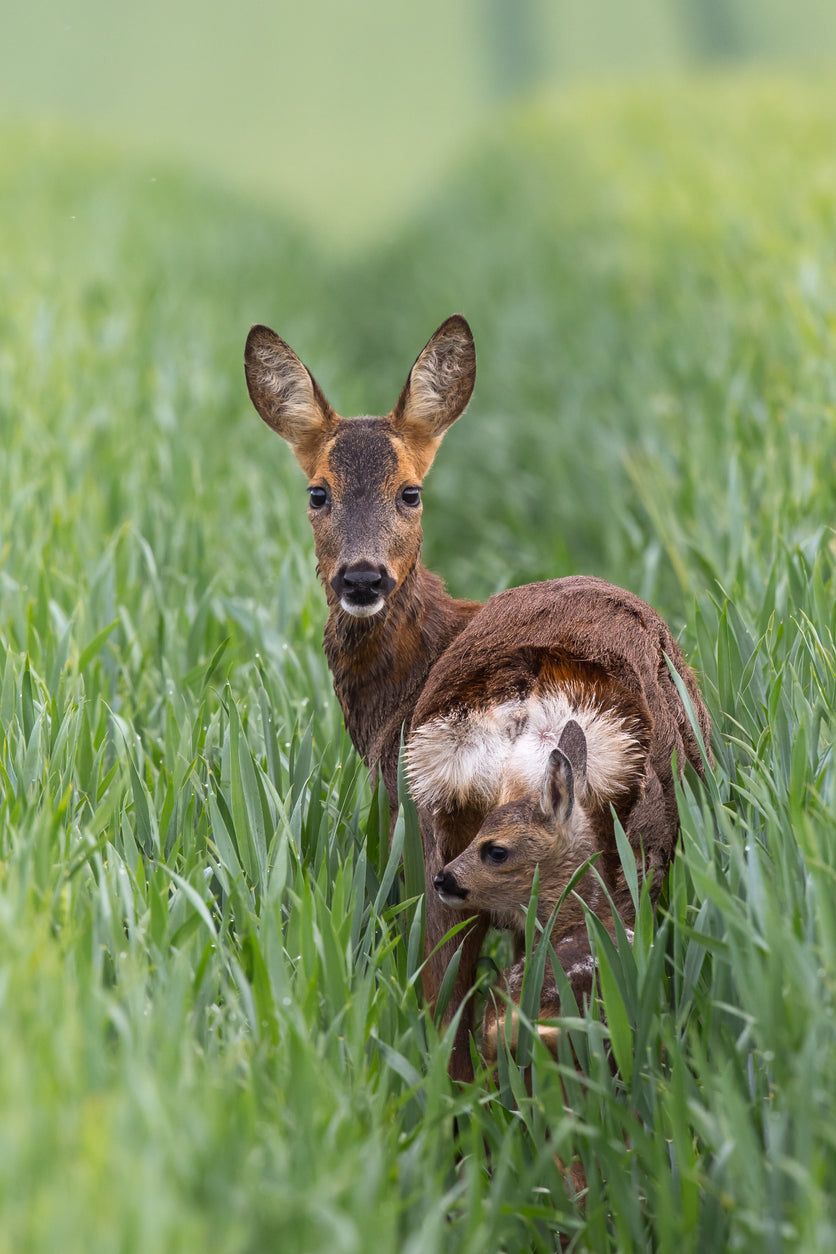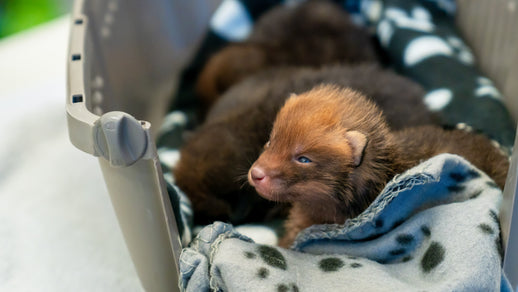
Deer
In the UK, deer are a common sight in the countryside, with several species inhabiting the diverse landscapes. There are 6 species of deer found in the UK, of which only two species are truly native; red deer and roe deer.

Baby Deer
It is normal for a mother to leave a young deer hidden as it cannot keep up with her when she is feeding. As a baby deer has little to no scent it is well protected from predators if it lies still. The mother will return every two to three hours to feed it both day and night.
If you find a fawn, kid or calf please follow the Baby Deer Code:
- Move away immediately
- Do not be tempted to touch the deer or pick it up – your scent may stop the mother returning to feed her baby and hand rearing has limited success rates.
- If you have a dog, please keep it away from the deer and on a lead under full control.
- If the fawn has not moved after 24 hour, contact the national RSPCA on 0300 1234 999.
Deer On The Roads
As deer become more common in suburban and urban areas, so do road collisions involving deer. Research indicates that over 74,000 deer-vehicle collisions occur every year. Areas with high deer populations will often feature a deer warning road sign. Reduce your speed should you see such a sign and pay particular attention to roadside verges.
Accidents Happen
If you've been involved in an accident with a deer on a motorway or A-road, call Highways England (0300 123 5000) or Traffic Wales (0845 602 6020) who will make arrangements for the animal to be removed.
On minor roads, call the police on 101. They'll decide the best action to take for the safety of both the animal and road users.
Injured Deer
If you find an injured, sick deer or dead deer or if it’s unclear if the deer is injured or not, watch and wait for an hour or two. They may recover and wander off. After that time, if it’s clear that they need help, contact the national RSPCA on 0300 1234 999. Please do not try to rescue, handle or transport the deer yourself.






